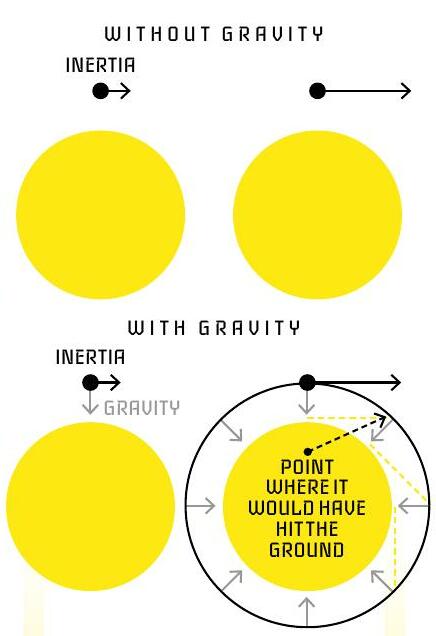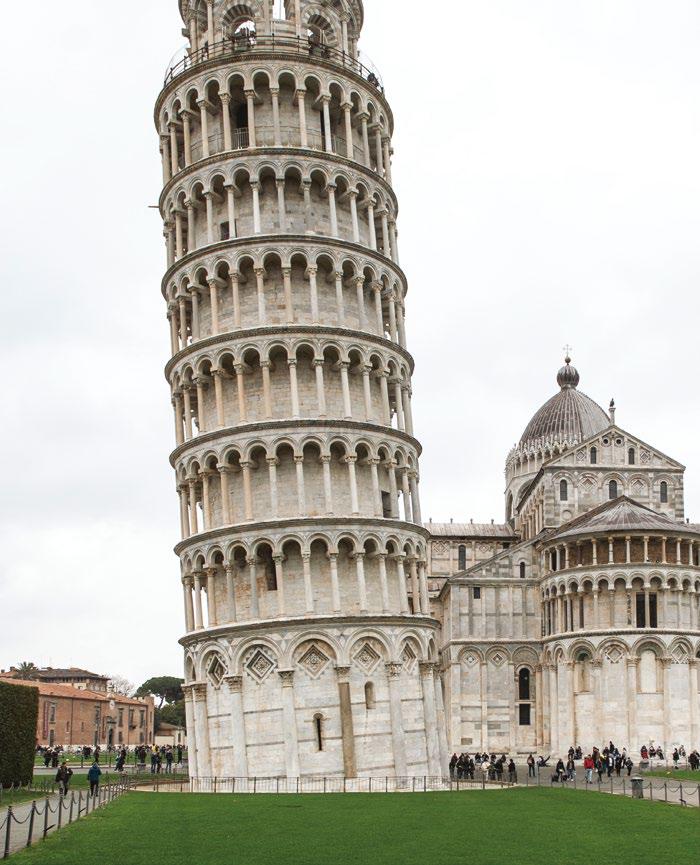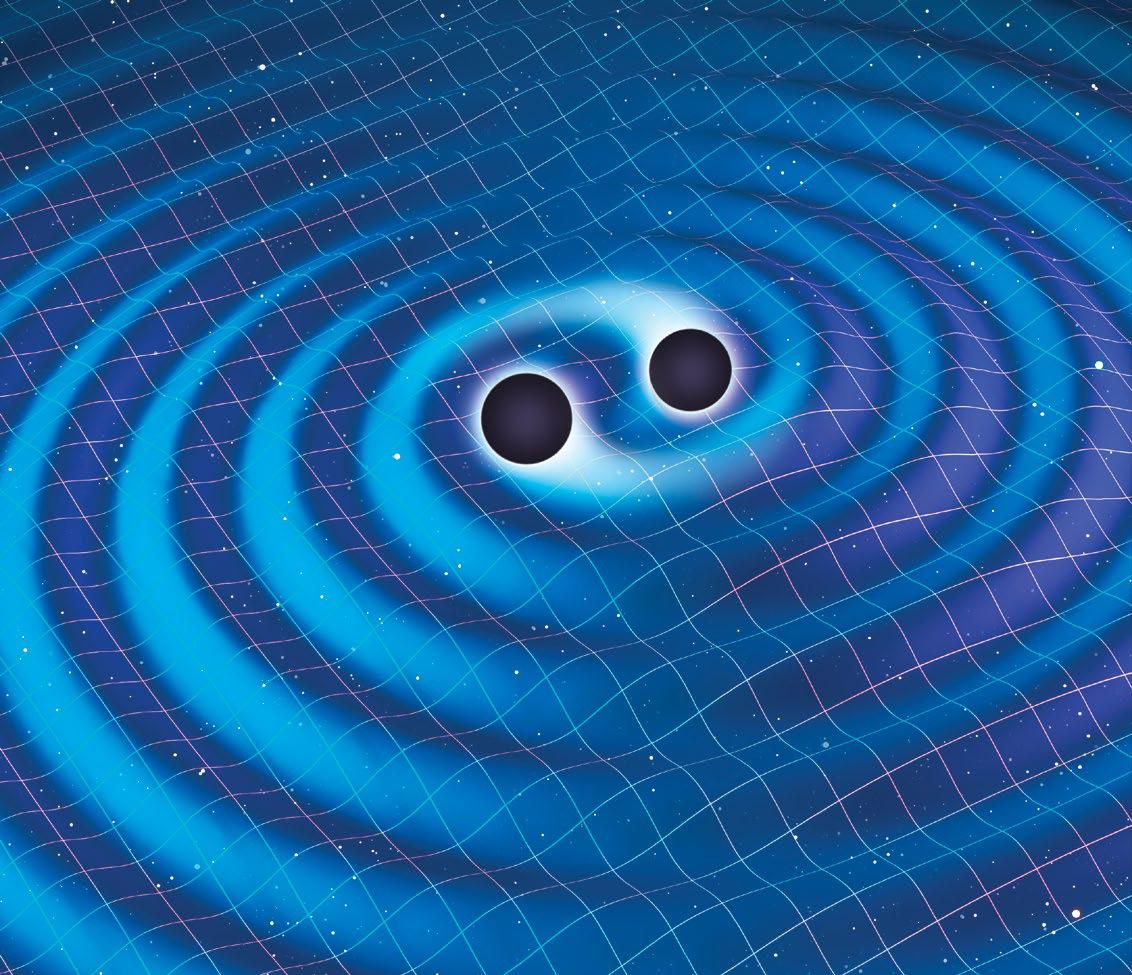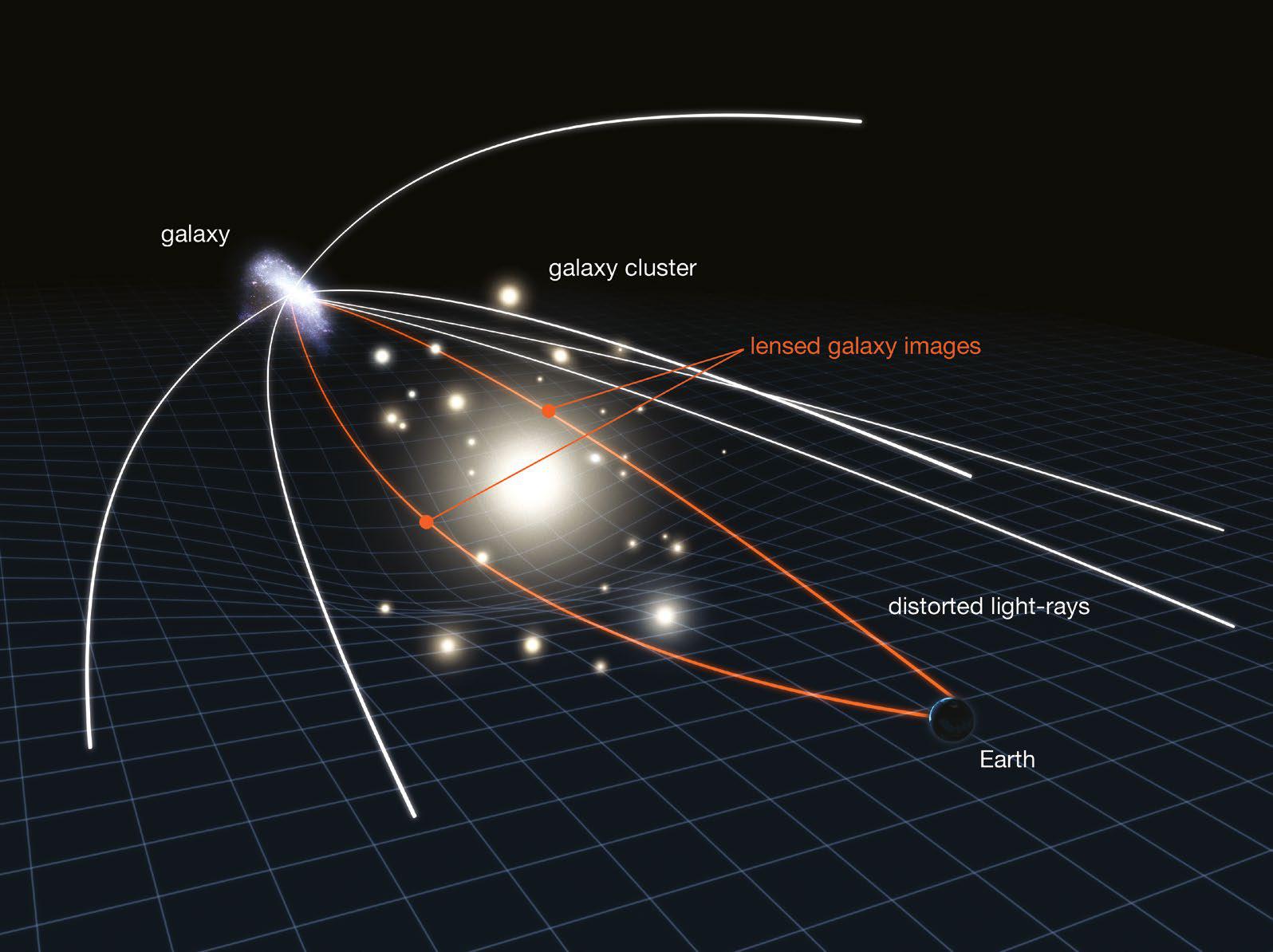What is the Param Vir Chakra and when was it instituted?
The Param Vir Chakra literally translated as 'the Wheel of the Ultimate Brave', is the highest wartime gallantry medal for officers and other enlisted personnel of the Indian Army, Navy and Air Force, awarded "for most conspicuous bravery or some daring or pre-eminent act of valour for self sacrifice, in the presence of enemy, whether on land, at sea, or in the air". It is the Indian equivalent of the American Medal of Honour and the British Victoria Cross. The medal was introduced in January 1950 and came into effect from 15 August 1947.
The Param Vir Chakra is a circular bronze medal, three and one-eighth inches in diameter. The obverse (main) side bears an embossed replica of the State Emblem in the centre, surrounded by four embossed replicas of Indra's weapon, Vajra (thunderbolt). On the reverse, the words Param Vir Chakra are inscribed in English and Hindi, with two lotus flowers in between the English and Hindi inscriptions. The medal is suspended by a plain purple ribbon that is one and a quarter inches wide.
The Param Vir Chakra medal was designed by an army wife, Savitribai Khanolkar.
She was originally a European national (of Hungarian-Russian parentage) named Eve Maday whose introduction to India came through Vikram Khanolkar, an Indian army officer whom she met and married. Converting to Hinduism and settling down in India, she developed a keen interest in Indian culture and studied the scriptures in depth. Seeing her extensive knowledge of Indian mythology and artistic skills, Major General Hira Lal Atal, the then Adjutant General of the Indian army, entrusted her the task of designing the medal. She designed not only the Param Vir Chakra but also all other major gallantry medals for both war and peace, including the Ashok Chakra, Maha Vir Chakra, Kirti Chakra, Vir Chakra, and Shaurya Chakra. Incidentally, the very first recipient of the Param Vir Chakra, Major Somnath Sharma (who won it posthumously), was her daughter's brother-in-law.
As the Param Vir Chakra is reserved for the bravest of the brave, only a very select few are deemed worthy of it. Since its inception, the prestigious medal has been conferred just 21 times --- very often posthumously. Twenty of the recipients are from the Indian Army and one from the Indian Air Force. Only men have won it so far and 14 out of 21 have been posthumous awards. A majority of the awards have been for heroic valour shown in the course of Indo-Pakistan conflicts alone. The complete list of Param Vir Chakra awardees is as follows:
1) Major Somnath Sharma (Posthumous)
2) Naik Jadunath Singh (Posthumous)
3) Second Lieutenant Rama Raghoba Rane
4) Havildar Major Piru Singh Shekhavat (Posthumous)
5) Lance Naik Karam Singh
(all the five for bravery in action during the India-Pakistan war of 1947-48)
6) Captain Gurbachan Singh Salaria (Posthumous) (for bravery in action during the Congo operation in 1961)
7) Dhan Singh Thapa
8) Subedar Joginder Singh Sannan (Posthumous)
9) Major Shaitan Singh (Posthumous)
(all the three for bravery in action during the Indo-China war of 1962)
10) Havildar Abdul Hamid (Posthumous)
11) Lieutenant Colonel Ardeshir Burzoji Tarapore (Posthumous)
(both for bravery in action during the Indo-Pakistan war of 1965)
12) Lance Naik Albert Ekka (Posthumous)
13) Flying Officer Nirmal Jit Singh Sekhon (Indian Air Force) (Posthumous)
14) Second Lieutenant Arun Khetrapal (Posthumous)
15) Major Hoshiar Singh Dahiya
(all the four for bravery in action during the India-Pakistan war of 1971.
16) Naib Subedar Bana Singh
(for bravery in action during the Sicahen conflict between India and Pakistan in 1987)
17) Major Ramaswamy Parameswaran (Posthumous)
(for bravery in action during Indian peacekeeping operation in Sri Lanka in 1987)
18) Lieutenant Manoj Kumar Pandey (Posthumous)
19) Grenadier Yogendra Singh Yadav
20) Rifleman Sanjay Kumar
21) Captain Vikram Batra (Posthumous)
(all the four for bravery in action during the Kargil conflict between India and Pakistan in 1999)



















